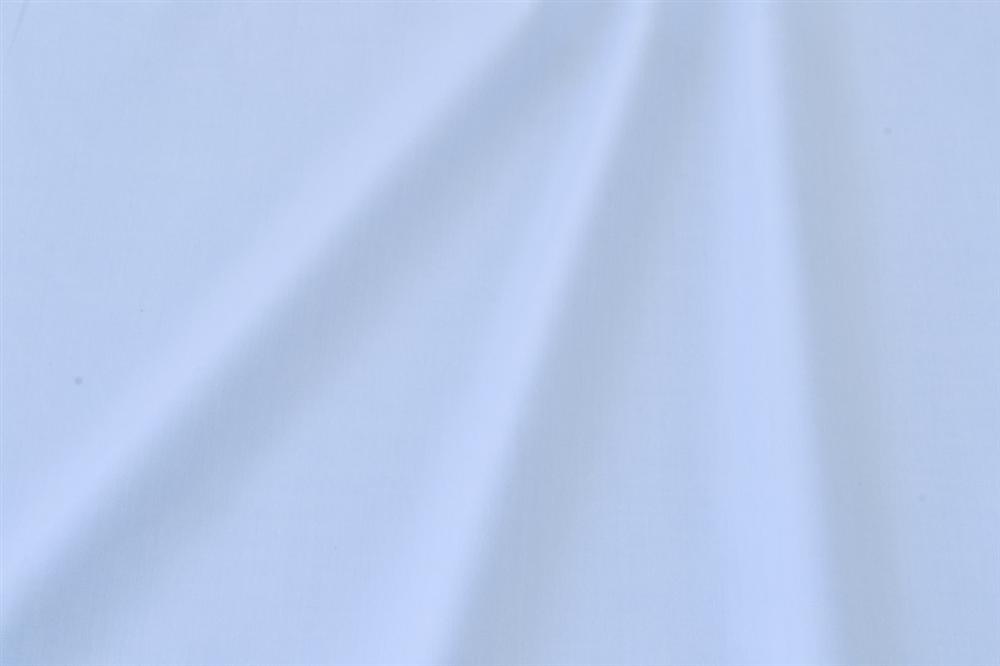Organic Bio Cotton Shirt - Organic Cotton
100% certified organic cotton. Smooth & soft shirting fabric.
Organic 2 Stof:

Organic cotton is generally understood as cotton and is grown in subtropical countries such as Turkey, China, USA from non genetically modified plants, that is believed to be grown without the use of any synthetic agricultural chemicals such as fertilizers or pesticides. Its production also promotes and enhances biodiversity and biological cycles. In the United States cotton plantations must also meet the requirements enforced by the National Organic Program (NOP), from the USDA, in order to be considered organic. This institution determines the allowed practices for pest control, growing, fertilizing, and handling of organic crops.As of 2007, 265,517 bales of organic cotton were produced in 24 countries and worldwide production was growing at a rate of more than 50% per year.
Organic Bio Cotton Shirt
is grown in an environment where no pesticides, chemical fertilizers, or herbicides have been used for a minimum of three years. Organic yarn spinners have set isolated processing areas in order to segregate the organic cotton from conventional cotton. The dyeing and finishing of organic cottons also follow a strict procedure for chemical use in processing, eliminating all materials harmful to the body and the environment. Check out our selection of organic apparel fabrics for your next project.Organic clothing
is clothing made from materials raised in on in or grown in compliance with organic agricultural standards. Organic clothing may be composed of Cotton, Jute, Silk, Ramie, or Wool. Textiles do not need to be 100% organic to use the organic label. A more general term is organic textiles, which includes both apparel and home textiles. The technical requirements in terms of certification and origin generally remain same for organic clothing and organic textiles.Sustainable fashion
, also called eco fashion, is a part of the growing design philosophy and trend of sustainability, the goal of which is to create a system which can be supported indefinitely in terms of human impact on the environment and social responsibility. It can be seen as an alternative trend against fast fashion.Organic Cotton
When we scrutinized fabric fibers to determine their environmental impact, we figured cotton was ”pure“ and ”natural,” made from a plant. We were right about the plant. As it happens, very little is pure or natural about cotton when it is raised conventionally. We learned this in the early 1990s when we started looking more closely into our cotton supply chains. At that time, fully ten percent of all agricultural chemicals in the United States were used to produce cotton, grown on just one percent of all major agricultural land. Every year, conventional cotton crops in California alone were doused with 6.9 million pounds of chemicals. And research showed that extensive and intensive use of synthetic fertilizers, soil additives, defoliants and other substances wreak terrible havoc on soil, water, air and many, many living things.
We also learned there was an alternative:
organically grown cotton
. Farmers have been growing cotton without harmful chemicals for years. Their yield is high, and the quality of the cotton they grow is equal to or better than conventionally grown cotton. Their methods support biodiversity and healthy ecosystems, improve the quality of soil and often use less water. Organic farming is more time consuming, requires more knowledge and skill, and, for now, costs more. But it’s worth it.Once we had this knowledge, and the counsel of good friends in the environmental community, we believed we had no choice. In 1996, we began the exclusive use of organically grown cotton in all of our cotton products. Our decision was not without considerable financial risks, but we decided never to go back to conventional cotton, regardless of the outcome.
As it turned out, the move didn’t compromise quality. It provoked a fundamental change in our attitudes about agriculture. As part of our organic cotton program, hundreds of us took tours of cotton fields, and we saw for ourselves the dangers of pesticide use and the benefits of organic farming. Many of us have since shifted to buying organic foods and clothing.
At a glance, conventionally grown cotton is hard to distinguish from cotton that’s organically grown. To ensure we are buying cotton that is organic as defined by the USDA’s National Organic Program, we require certificates issued by an accredited third-party certification body. Certificates are issued to farms that follow organic practices, to factories that process organic cotton separately from conventionally grown cotton, and for shipments of organic cotton between different companies in the supply chain.
Cotton made in Africa
All initiatives share the mission, to offer a sustainable alternative to conventional textile production, to create transparency and support the people in the growing regions. Organic cotton prohibits the use of inorganic fertilizers or chemical pesticides. Fairtrade defines in its standards a fair minimum price for cotton and an additional Fairtrade prime, which helps the farmers to get a fair price for their work. The
Cotton made in Africa
increases the demand for African cotton on the international retail markets and thus improves the environmental, social and economic living conditions of African smallholder farmers and their families and protects the environment in the cotton-growing countriesFrom the men’s collection https://www.bivolino.com/en/men-shirts-organic-fabrics
Organic Bio Cotton Shirt - Organic Bio Cotton Shirt








